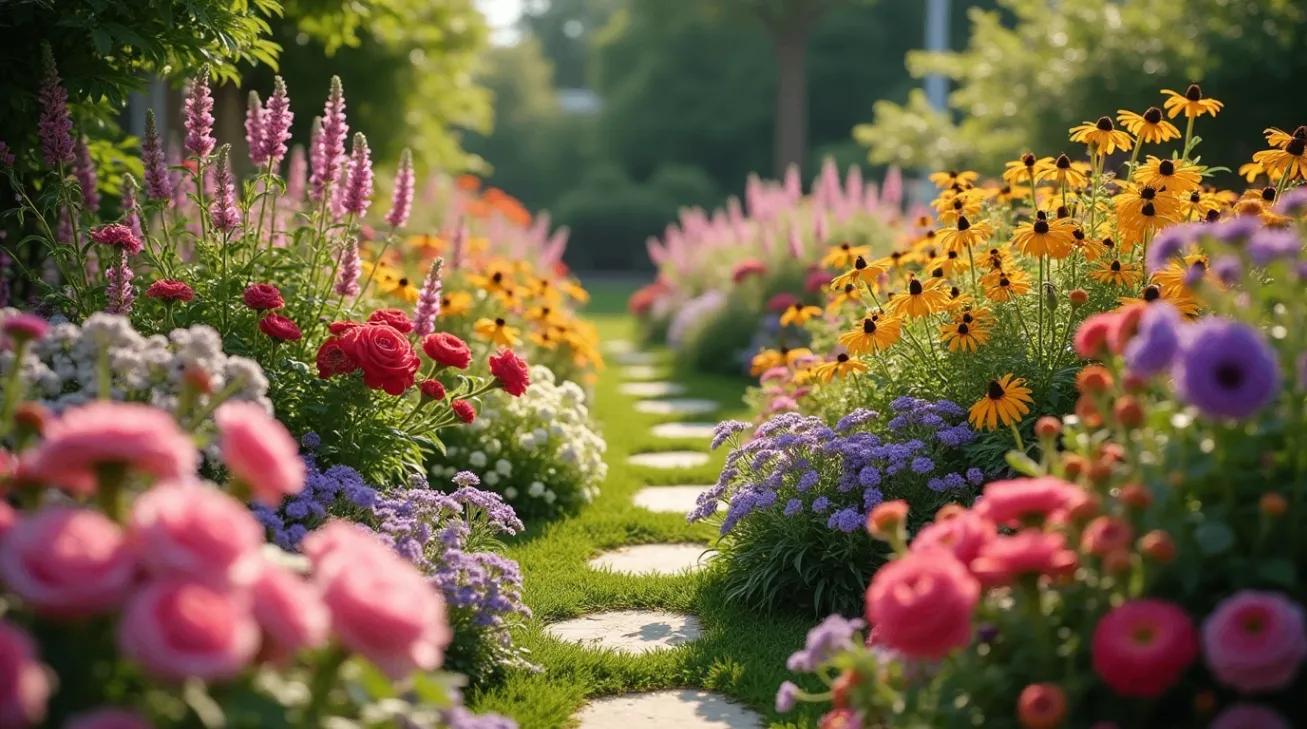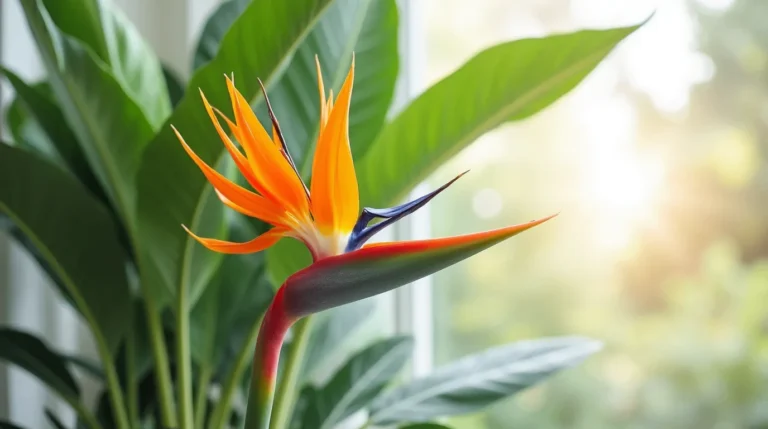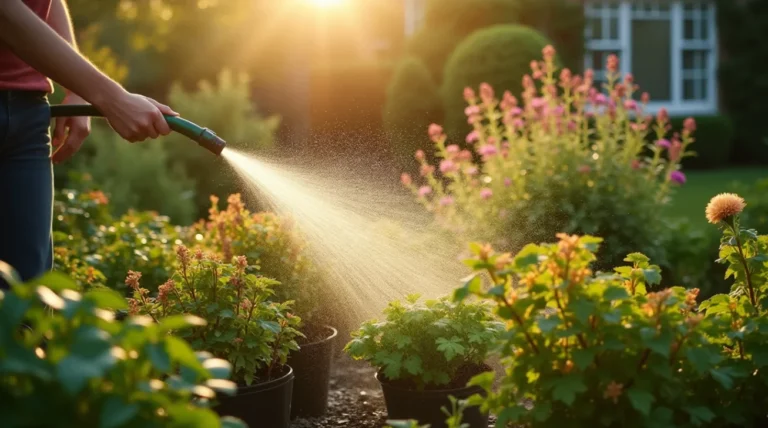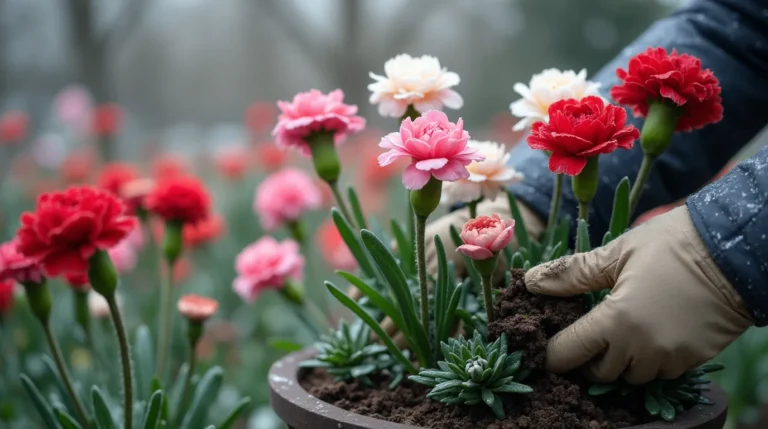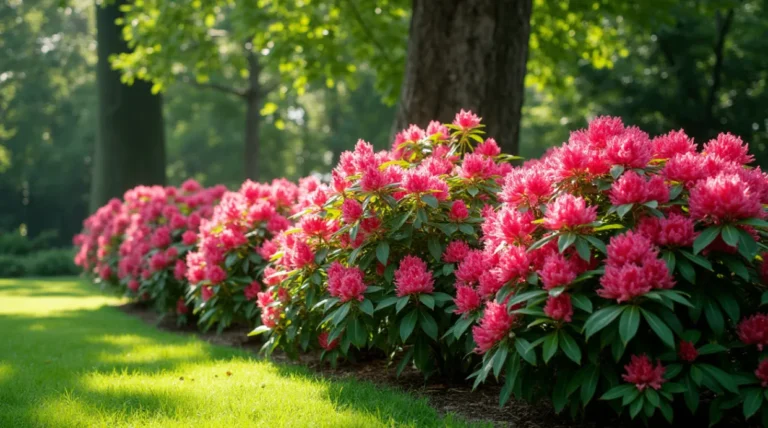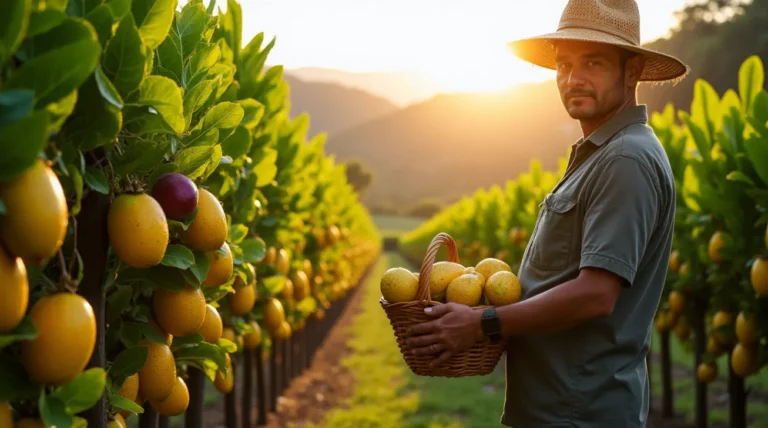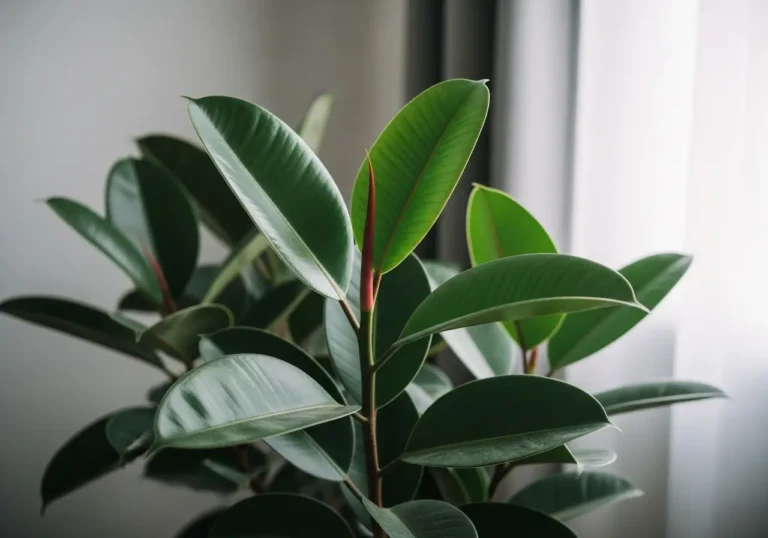Perennial Flowers: How To Grow 25 Stunning Blooms
Table of Contents
Perennial flowers are a fantastic way to bring beauty to your garden year after year. Unlike annuals that require replanting each season, perennial flowers return on their own, offering a reliable and rewarding gardening experience. In this guide, we’ll take a look at 25 of the most popular perennial flowers, how to care for them, and essential gardening tips on soil preparation, watering, and pest control.
Why Choose Perennial Flowers?
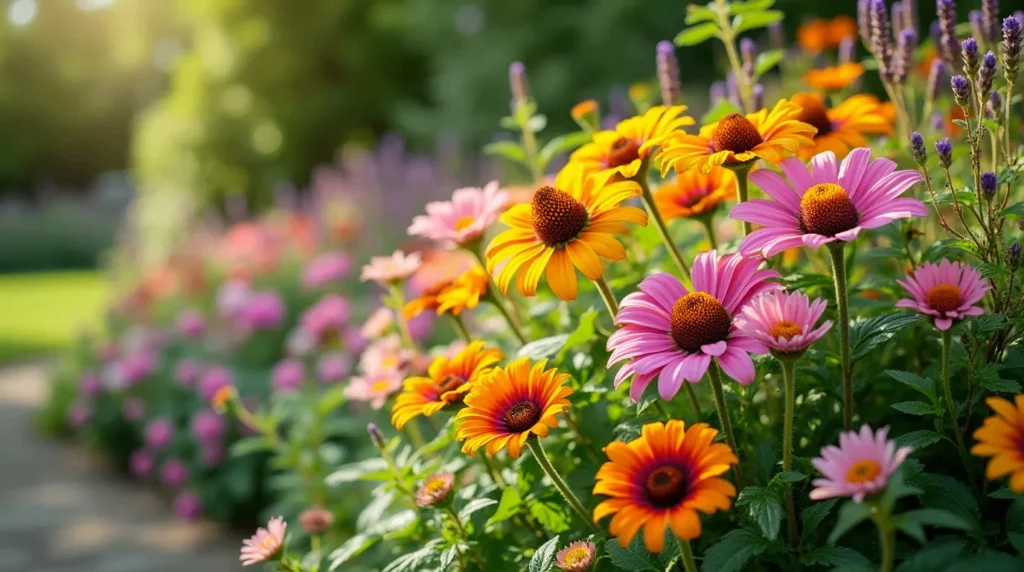
Choosing perennial flowers means you’re investing in plants that will continue to bloom and thrive year after year with the right care. They provide structure to your garden, come in a variety of colors, shapes, and sizes, and many of them are low-maintenance once established.
Soil Preparation for Perennial Flowers
Soil preparation is key to ensuring that your perennial flowers flourish for years to come. Since these plants will live in your garden for several years, giving them the right foundation is crucial.
Assess Your Soil Type
Start by evaluating the type of soil in your garden. Most perennials prefer well-draining soil, so if your soil tends to be heavy and clay-like, consider amending it. Add organic matter like compost, peat moss, or well-rotted manure to improve soil texture and fertility. This will not only aid in drainage but will also provide nutrients that help your plants thrive.
Soil pH Levels
Many perennial flowers prefer neutral to slightly acidic soil with a pH between 6.0 and 7.0. You can test your soil with a simple soil test kit from a garden center. If your soil is too acidic, lime can help to raise the pH, while sulfur can lower the pH for overly alkaline soils.
Mulching
Mulching around your perennial flowers is an excellent way to conserve moisture, regulate soil temperature, and keep weeds at bay. A 2-3 inch layer of organic mulch, like shredded bark or straw, can significantly improve your plant’s growth and reduce the need for watering.
Watering Perennial Flowers
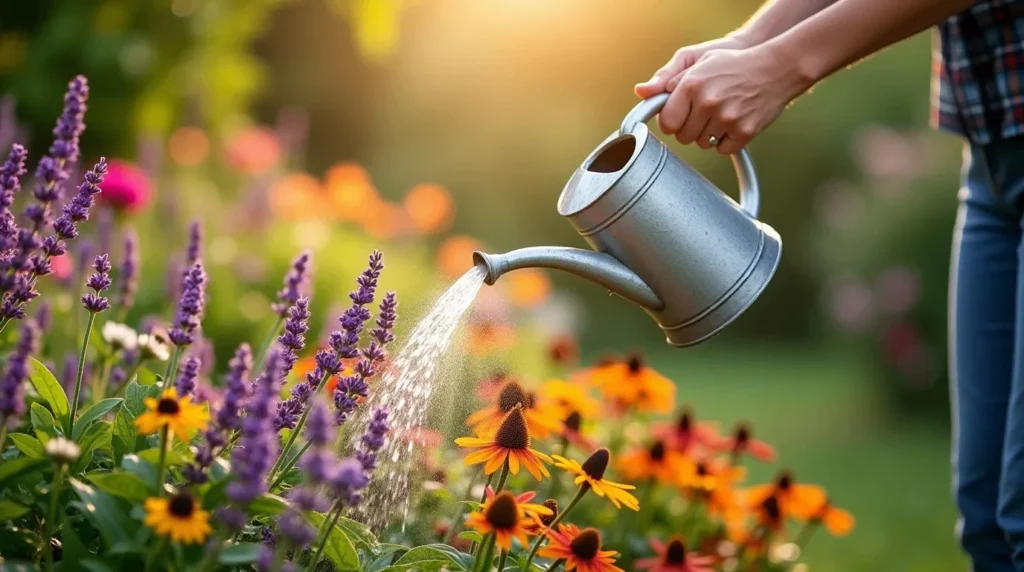
Perennials have varying water needs depending on the species, but here are some general tips on watering perennial flowers:
Newly Planted Perennials
For newly planted perennials, watering is essential. Maintain consistent moisture in the soil for the first few weeks to help the plant establish its roots. A deep watering once or twice a week is better than frequent light watering, as it encourages the roots to grow deep into the soil.
Established Perennials
Once your perennials are established, most can tolerate some degree of drought, although it’s best to water them during dry spells. Morning is the ideal time for watering as it allows the plants to absorb the moisture before the heat of the day sets in.
Watering Techniques
Drip irrigation or soaker hoses are great for watering perennials because they deliver water directly to the root zone, minimizing water waste and reducing the risk of fungal diseases that can result from wet foliage.
Pest Control for Perennial Flowers
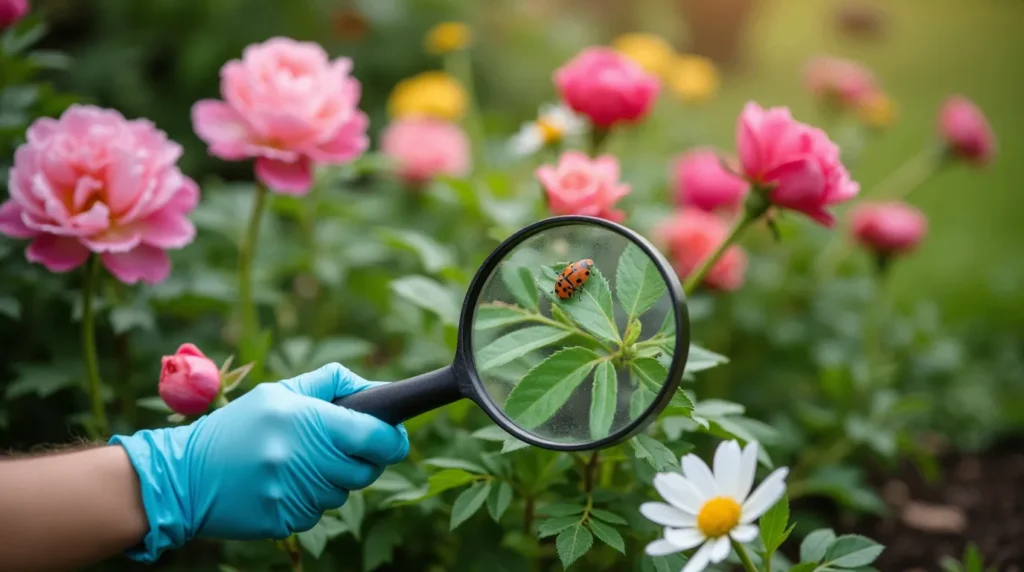
While perennial flowers tend to be hardy, they are not immune to pests. Here’s how to manage common garden pests without harming your plants.
Preventive Measures
The best form of pest control is prevention. Keep your garden clean by removing debris, dead leaves, and spent blooms that can attract pests. Companion planting is another great option—plants like marigolds, lavender, and chrysanthemums naturally repel insects and can protect your perennial flowers.
Common Pests and Solutions
- Aphids: These small, sap-sucking insects can weaken your plants over time. A strong spray of water can dislodge them, or you can introduce beneficial insects like ladybugs.
- Slugs and Snails: Slugs love to munch on tender leaves, especially in damp conditions. Use natural barriers like crushed eggshells or diatomaceous earth around the base of your plants to deter them.
- Japanese Beetles: These beetles can cause significant damage to foliage. Hand-pick them off your plants, or use row covers to prevent them from feasting on your garden.
Organic Solutions
For a more eco-friendly approach to pest control, consider using neem oil, insecticidal soap, or a homemade garlic spray to keep harmful insects at bay. These approaches are both effective and environmentally friendly.
25 Popular Perennial Flowers to Add to Your Garden
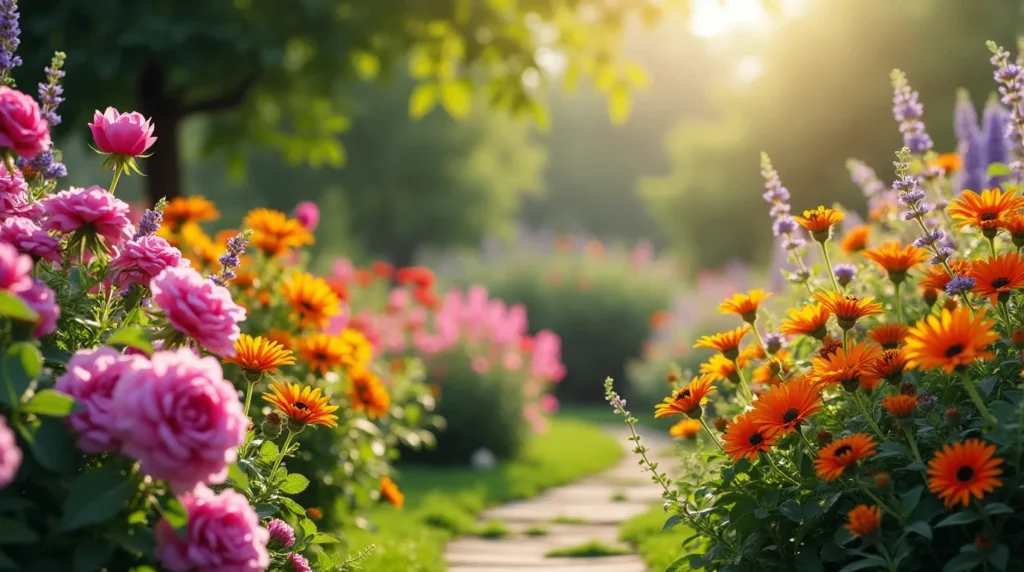
Now that we’ve covered the essentials, let’s take a look at 25 perennial flowers that can bring vibrant color and life to your garden year after year.
1. Coneflower (Echinacea)
This tough and beautiful flower blooms in mid-summer with vibrant colors. It is drought-resistant and draws in pollinators such as bees and butterflies.
2. Black-Eyed Susan (Rudbeckia)
A garden staple, this cheerful yellow flower blooms in late summer and requires minimal care.
3. Lavender
Known for its soothing scent, lavender thrives in well-drained soil and requires little watering once established.
4. Daylily
With its colorful, trumpet-shaped blooms, daylilies are perfect for filling garden borders.
5. Peonies
A stunning choice with large, fragrant blooms that appear in late spring to early summer.
6. Hostas
Hostas are ideal for shaded areas, offering lush foliage in a variety of green tones.
7. Shasta Daisy
With its classic white petals and yellow center, the Shasta daisy blooms throughout the summer.
8. Salvia
These spiky purple or blue flowers are easy to grow and attract hummingbirds to your garden.
9. Sedum (Stonecrop)
Sedum is drought-tolerant and adds texture with its succulent-like leaves and colorful blooms.
10. Coral Bells (Heuchera)
Coral bells are prized for their vibrant foliage and charming, bell-shaped flowers.
11. Bee Balm (Monarda)
This pollinator magnet blooms in shades of red, pink, and purple, adding a wildflower look to your garden.
12. Bleeding Heart
With heart-shaped flowers that dangle from arching stems, bleeding hearts are perfect for shaded spots.
13. Russian Sage
Russian sage offers tall spikes of lavender-blue flowers that look stunning in the late summer garden.
14. Iris
These graceful blooms come in many colors and thrive in both sun and partial shade.
15. Yarrow
Yarrow is a hardy perennial that produces clusters of tiny flowers and is drought-resistant.
16. Delphinium
With towering spires of blue, purple, and white, delphiniums make a dramatic statement in any garden.
17. Phlox
Phlox blooms from mid-summer to fall and offers fragrant clusters of pink, purple, or white flowers.
18. Lupine
These colorful spires of flowers add vertical interest and come in a wide range of colors.
19. Astilbe
Astilbe thrives in shade and moist soil, with feathery plumes of pink, red, or white blooms.
20. Coreopsis
This sunny yellow perennial is easy to grow and perfect for adding a burst of color to your garden.
21. Hollyhocks
Hollyhocks grow tall and produce beautiful, saucer-shaped flowers that bloom in a variety of colors.
22. Gaillardia (Blanket Flower)
Known for its rich red and yellow blooms, blanket flowers are heat and drought-tolerant.
23. Foxglove
Foxgloves bring height to your garden with their tall spikes of tubular flowers.
24. Lily of the Valley
This fragrant perennial offers delicate white bell-shaped flowers and thrives in shaded areas.
25. Jacob’s Ladder
Jacob’s Ladder has fern-like foliage and clusters of blue flowers that bloom in early summer.
Conclusion
Creating a garden with perennial flowers is both rewarding and enjoyable. With proper soil preparation, consistent watering, and smart pest control, your perennials will thrive and bring beauty to your garden year after year. Whether you’re a beginner or an experienced gardener, these 25 perennial flowers offer variety, color, and charm to any garden space. Happy gardening!

